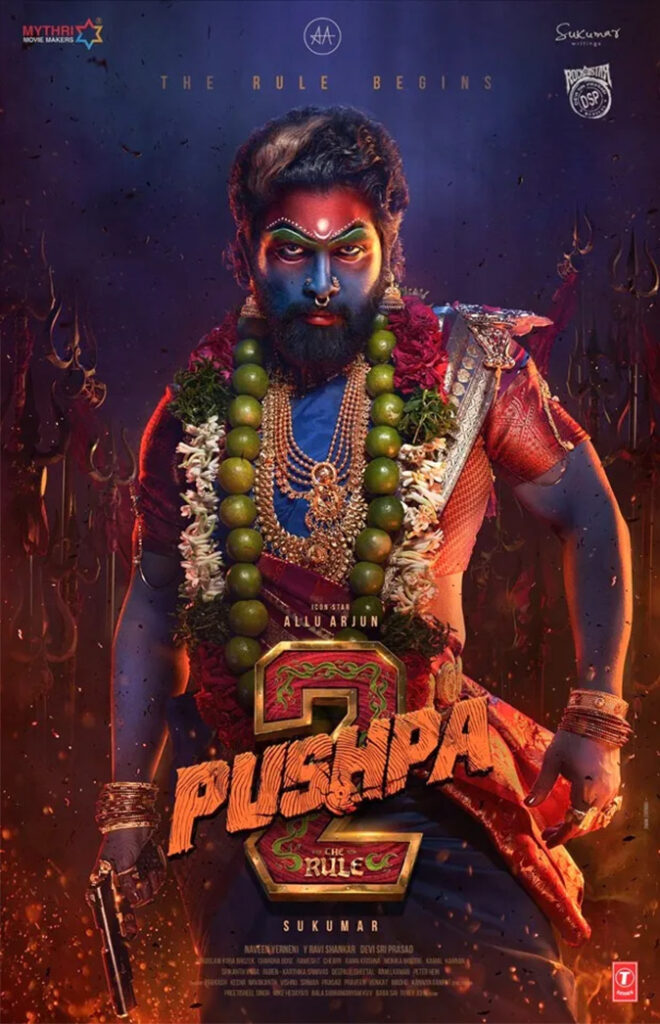“The distinction between male and female serves as a basic organizing principle for every human culture. Although societies differ in the specific tasks they assign to the two sexes, all societies allocate adult roles based on sex and anticipate this allocation in the socialization of their children. Not only are boys and girls expected to acquire sex-specific skills, but they are also expected to have or to acquire sex-specific self-concepts and personality attributes, to be masculine or feminine as defined by that particular culture. The process by which a society thus transmutes male and female into masculine and feminine is known as the process of sex typing.”
– “Gender Schema Theory: A Cognitive Account of Sex Typing” by Sandra Bem
Two years back a film was released in India titled “Sandeep Aur Pinky Faraar”, directed by ace director Dibakar Banerjee. Normally, a Dibakar Banerjee film is bound to grab eyeballs right from the beginning because, over the years the director has carved a corner of his own in the hearts of cinephiles because of the aesthetics, style, and substance he brings together in his films. “Sandeep Aur Pinky Faraar” at the first glance of the promos felt very cliched and the name itself gave a feel of a refurbished version of “Bunty Aur Babli”. The film, when I watched it, took my preconceived notions and turned them upside down. Dibakar Banerjee forced the audience to hang up all gender stereotypes we carry in our heads, questioned the patriarchal system, and told a “fugitive-on-the-run” style story sans the hyper machoism. He consciously did away with the “sex typing” (as pointed out by academician Sandra Bem above) that exists around us. It is very rare to find such narratives which question the set patterns of societal thinking, especially in mainstream Indian cinema. The recently launched first look poster of “Pushpa 2- The Rule” (the much-awaited sequel to popular hit film Pushpa- The Rise) did just that.
Bold attempt to break gender norms in “Pushpa 2- The Rule” poster
The Telugu Superstar Allu Arjun, on the occasion of his birthday, shared a poster of his much-awaited film “Pushpa 2 — The Rule” on his social media handle. The poster left fans awestruck, while some were confused about the visual depiction. The film poster shows bearded Allu Arjun (as Pushpa) in blue & red skin, wearing a saree & blouse, and beautifully adorned with jewelry. His look is intense while the fine touches of a bindi on his forehead, a nose ring, and his red lips add grace. Pushpa is also seen wielding a gun while rows of trishuls (the weapon of Lord Shiva) flaunt in the background. The makers of the film, with such a representation, are probably trying to draw a visual allegory of the Ardhanarishwara avatar of the Hindu deity Shiva, where the form combines both Shiva and Parvati/Shakti, into a composite androgynous divine being. This form of Lord Shiva symbolizes the ultimate state which is capable of enduring all situations and makes its presence felt in everything it permeates. The blue and red hue of Pushpa brings together the essence of Shiva and Shakti and elevates him into an all-pervading and all-enduring larger-than-life character. It is bold enough for a mainstream popular star to flaunt such a look and try to break the set gender norms.
Leena’s “Kaali” vs Pushpa’s “Ardhanarishwara”……..Patriarchy unleashed

The Dibakars and the Allu Arjuns are taking that bold step forward but as a society are we still unable to push the envelope? In certain quarters, maybe we are witnessing positive changes but the larger society is majorly stuck in the age-old heteronormative patriarchal mindset. In 2022, film director Leena Manimekalai unveiled the poster of her documentary film “Kaali”. The poster showed a woman dressed as goddess Kaali smoking and also holding a rainbow-coloured LGBTQ community flag and a “kharga” sword. Social media went berserk with the release of this “controversial” poster, with the political leaders getting involved in a war of words, heavy trolling, and serious threats being hurled at the director, and clear polarisation was witnessed among the opinionated netizens. The nay-sayers considered it derogatory and blasphemous to show a deity of the stature of Kali smoking.

The public outrage happened maybe because they were not ready to give up on the traditional way of seeing/depicting a deity/God and that’s why they rejected the director’s bid to make the image contemporary. It is also to be considered that the image was not of Goddess Kali but of a woman dressed as Kali. In many cities or villages, we keep seeing people dressed up as gods and goddesses, roaming around streets and begging for money. In this context, now if we try and see the poster of Pushpa personified as the Ardhanarishwara form of Lord Shiva we find not much of a difference with the poster of “Kaali”. In Pushpa’s poster, just to make it contemporary he is seen wielding a gun. A fine touch of modernity you can say. Surprisingly and thankfully, we see no outrage among the so-called religious brigade. But why? What might be the reason behind this selective outrage? Is it political convenience? Or is it the age-old patriarchal mindset at play here that is used to target and subdue a certain gender identity? Pushpas Ardhanariswaras tryst with modern weaponry is a sign of swag & style, while a woman dressed as Leenas Kaali continuously has to face hurdles in her bid to be contemporary and modern. If Sukumars “Pushpa” can dare and say, “Flower nahi, Fire hain main.” (I am not Flower, I am Fire), so can Leenas “Kaali”, if not shackled in tradition and values.

Leave a Reply